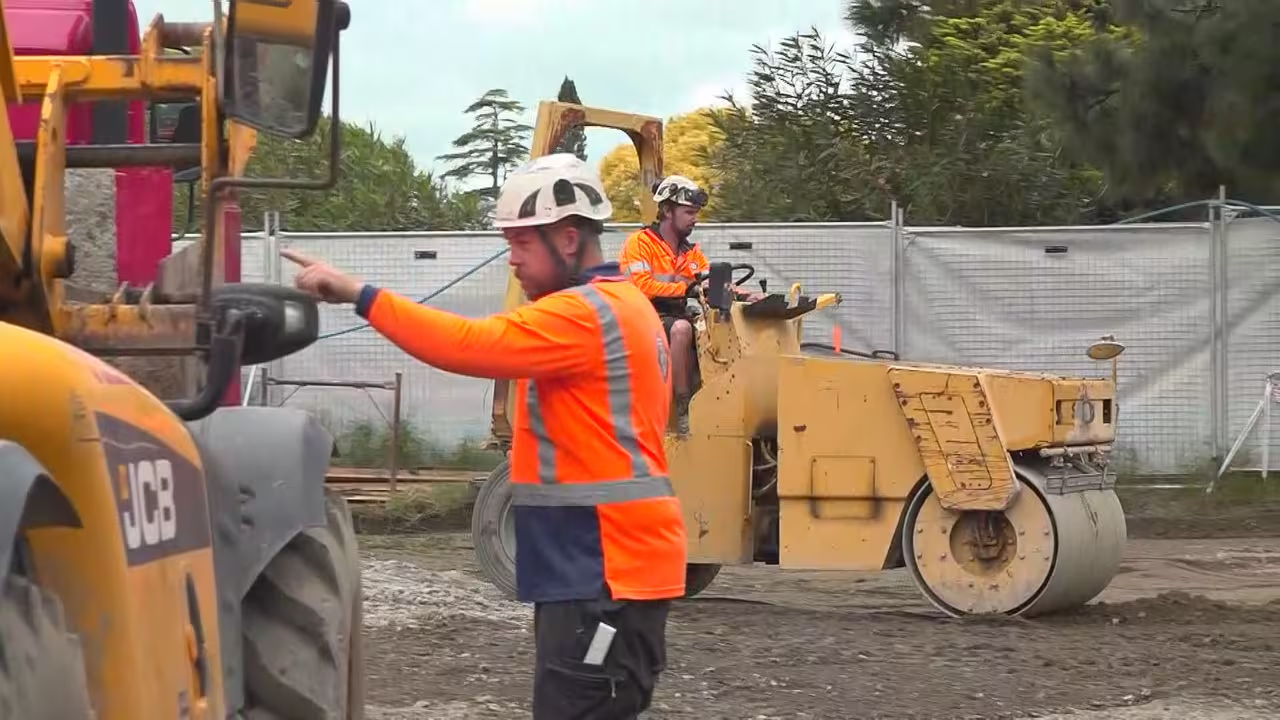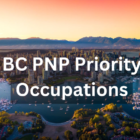Understand BC PNP Priority Occupations
Priority occupations under the BC PNP are precise job categories that the provincial government has acknowledged as indispensable to B.C.’s economic expansion. These occupations often face labor shortages; hence, by prioritizing them, the province is aimed at filling the critical gaps in the workforce. Candidates with talent and expertise in these priority occupations may get targeted invitations to apply for provincial recommendations that further open the gates to permanent residency.
Recent Expansion: Inclusion of 25 New Construction Occupations
The BC PNP has expanded its list of priority occupations and included 25 new construction-related roles. This strategy aligns with B.C.’s “Homes for People” action plan. It addresses the rising demands for residential housing and infrastructure over the next five years. The province is aimed at bridging the gap between the skilled labor and the need of the construction industry.
List of the 25 New Priority Construction Occupations
The recently prioritized construction occupations include a wide range of skilled trades that meet the different demands of B.C.’s construction sector. The occupations include:
Ready to Start Your BC PNP Process
Apply for the BC PNP with the help of our Licensed RCIC Experts.
- Boilermakers
- Bricklayers
- Cabinetmakers
- Carpenters
- Concrete finishers
- Construction millwrights and industrial mechanics
- Crane operators
- Electricians (except industrial and power system)
- Floor covering installers
- Gas fitters
- Glaziers
- Heating, refrigeration, and air conditioning mechanics
- Heavy-duty equipment mechanics
- Industrial electricians
- Ironworkers
- Landscape and horticulture technicians and specialists
- Painters and decorators (except interior decorators)
- Plasterers, drywall installers, finishers, and lathers
- Plumbers
- Roofers and shinglers
- Sheet metal workers
- Steamfitters, pipefitters, and sprinkler system installers
- Structural metal and platework fabricators and fitters
- Tilesetters
- Welders and related machine operators
Eligibility Criteria for Construction Workers

In order to avail themselves of special invitations under the BC PNP, construction workers need to fulfill certain requirements:
- Job Offer: Applicants need to have an indeterminate, full-time job offer from a qualifying B.C. employer in any of the priority construction occupations.
- Trade Certification: The applicant should have a valid trade certificate from, or an apprenticeship registered with, SkilledTradesBC. The trade certificate should be relevant to the job offer.
The above requirements ensure that the individuals have the required qualifications and meet the labor standards of the province.
Other Priority Occupations
Beyond the construction sector, the BC PNP also prioritizes occupations in the healthcare, childcare, technology, and veterinary sectors. For example, healthcare professionals such as physicians, nurse practitioners, and midwives working in B.C. with the support of a public health authority or midwife practice group are eligible for prioritized processing.
Application Process for BC PNP
Several important steps are required to follow to fill out the application process for BC PNP:
- Registration: Candidates need to register with the BC PNP by opening an online profile and providing important information regarding their work experience, skills, and job offer.
- Invitation to Apply (ITA): Candidates may receive an ITA based on the information they have provided, particularly if they fall under a priority occupation.
- Submission of Application: After obtaining an ITA, the candidates get a specific time frame to submit a complete application along with supporting documents.
- Nomination: On approval, candidates are nominated by a province so that they can apply for permanent residency with the federal government.
It is imperative for applicants to ensure they fulfill all the eligibility criteria and provide correct information to avoid any refusals or delays.
Impact on B.C.’s Economy
By giving priority to certain occupations, the BC PNP addresses vital labor shortages, promotes economic development, and monitors that key services and infrastructure projects are properly staffed. This specific approach not only provides benefits to the province but also offers a number of opportunities to skilled workers for getting stable employment and community integration.
Conclusion
The BC PNP’s emphasis on priority occupations shows its commitment to strategic immigration policy that meets its economic and social demands. By consistently reviewing and revising these priorities, the province keeps its labor market competitive and sustainable. For those who seek permanent residence in Canada, having a job in one of these high-demand occupations could make a big difference for them under the BC PNP.










